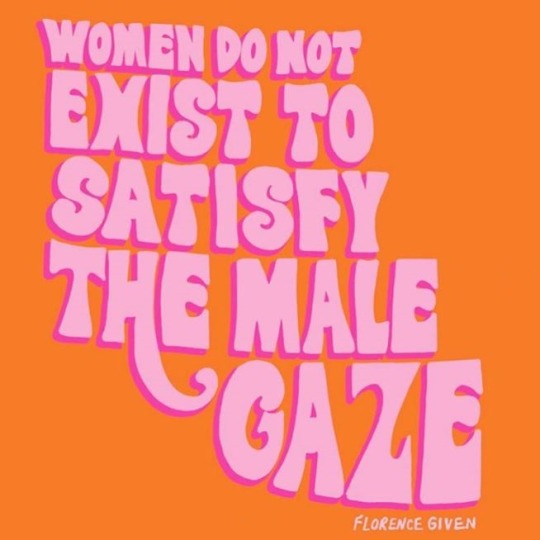Text
Comparison of the Male vs. Female Gaze
For this comparison, I have chose two movies from the same film franchise- Marvel. The shots of Black Widow have been taken from Iron Man 2 (Jon Favreau, 2010) and Avengers: Age of Ultron (Joss Whedon, 2015), both male-directed films, and the shots of Captain Marvel were taken from Captain Marvel (Anna Boden, Ryan Fleck, 2019), which features a woman as a director.

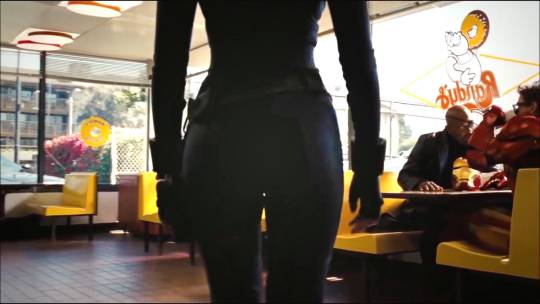

As we can see in the photos above, Black Widow is given a skin-tight costume that features a low cut on her chest. While tight costumes are fairly common for all superheroes within this universe, not all have an unnecessary cut that accentuates a body part perceived as sexual. She is supposed to be in battle, her chest should not be on display but instead safely protected.
Another main issue is when she enters the screen, it focuses on her hips and butt as she walks. This isn’t only shown in Iron Man 2, but in almost every film with Black Widow. In the beginning films, she is the only female superhero and the male writers and/or directors use her as a sexual object to interest the male viewers.


Here is an obvious contrast to the depiction of Black Widow. The female gaze is on display here in an obvious way. Captain Marvel has a female director on board, and you can see this through the complete coverage of Captain Marvel’s body and the multiple shots of her in a power pose. She is not watered down for male viewer’s consumption, but instead portrayed as an assertive, confident female. This proved to cause issues; men did not like that Captain Marvel was a powerful female superhero who did not adhere to their sexual desires. You can read more about men’s reactions to the film here, in an article by Melissa Leon.
0 notes
Text
Film Recommendations
Portrait of a Lady on Fire, dir. Celine Sciamma (2019)
Genre- Historical, romance, drama
Jennifer’s Body, dir. Karyn Kasuma (2009)
Genre- Horror, comedy
Clueless, dir. Amy Heckerling (1995)
Genre- Romance, comedy
Promising Young Woman, dir. Emerald Fennell (2020)
Genre- Thriller, comedy
Lady Bird, dir. Greta Gerwig (2017)
Genre- Drama, comedy
You’ve Got Mail dir. Nora Ephron (1998)
Genre- Romance, drama
Nomadland, dir. Chloe Zhao (2020)
Genre- Drama, western
Selma, dir. Ava DuVernay (2014)
Genre- Historical, drama
The Hurt Locker dir. Kathryn Bigelow (2008)
Genre- War, action
The Virgin Suicides dir. Sofia Coppola (1999)
Genre- Drama, romance
Pariah, dir. Dees Rees (2011)
Genre- Drama, indie
Birds of Prey, dir. Cathy Yan (2020)
Genre- Action, superhero
Brave, dir. Brenda Chapman (2012)
Genre- Family, comedy
0 notes
Photo







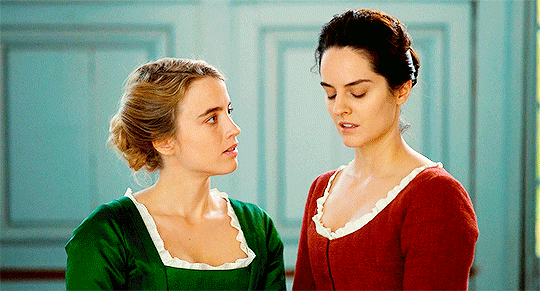

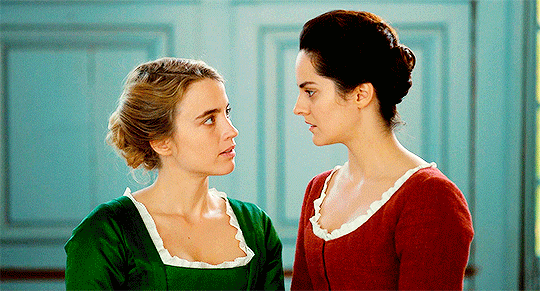
Portrait of a Lady on Fire
(2019) Dir. Céline Sciamma
15K notes
·
View notes
Photo





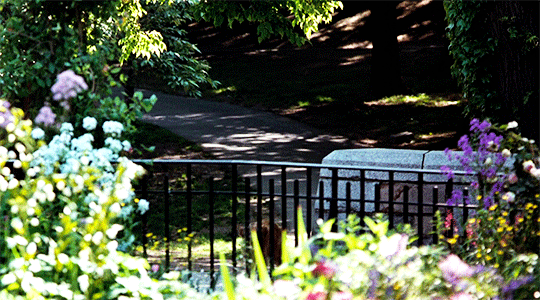
You’ve Got Mail (1998) dir. Nora Ephron
Yeah. I would have asked for your number, and I wouldn’t have been able to wait twenty-four hours before calling you and saying, “Hey, how about… oh, how about some coffee or, you know, drinks or dinner or a movie… for as long as we both shall live?”
1K notes
·
View notes
Photo




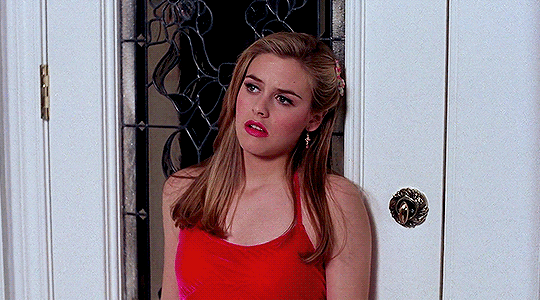
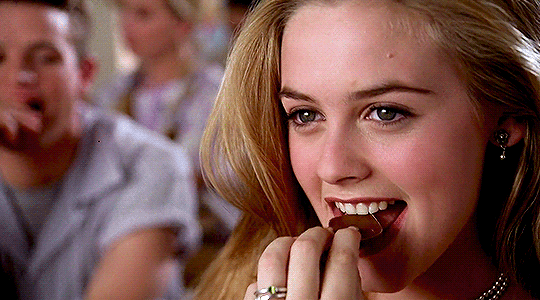
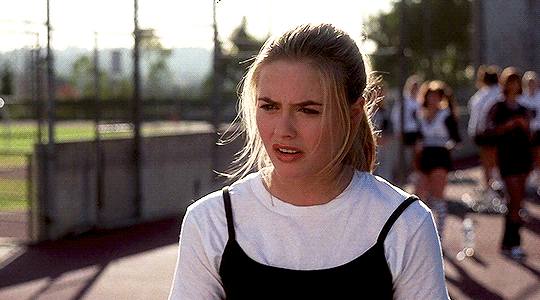
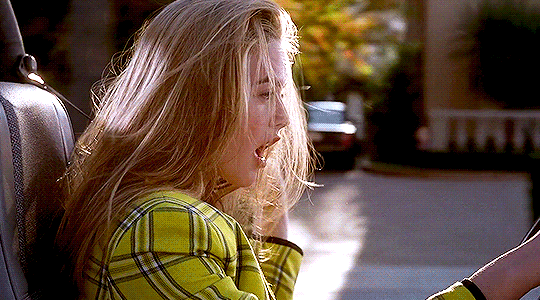

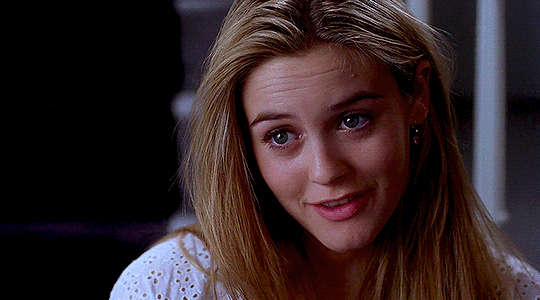
“I’m just not interested in doing it until I find the right person. You see how picky I am about my shoes and they only go on my feet.”
Alicia Silverstone as Cher Horowitz in Clueless (1995)
15K notes
·
View notes
Photo
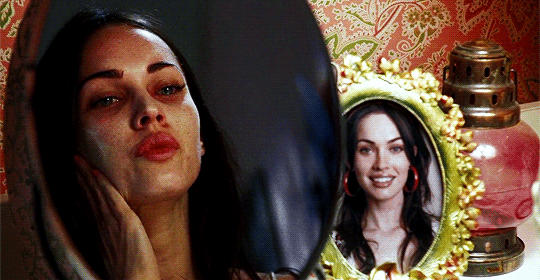
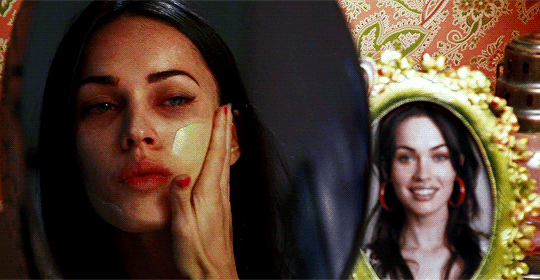
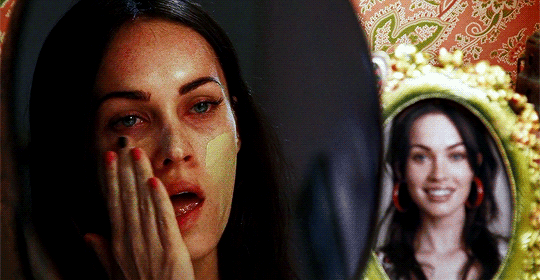


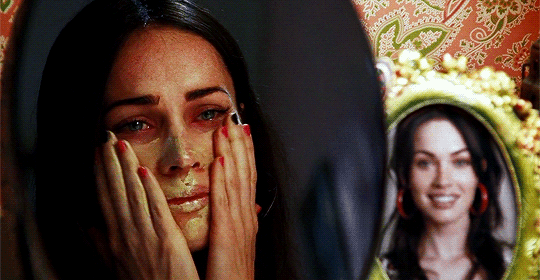
Jennifer’s Body (2009) dir. Karyn Kusama
28K notes
·
View notes
Photo



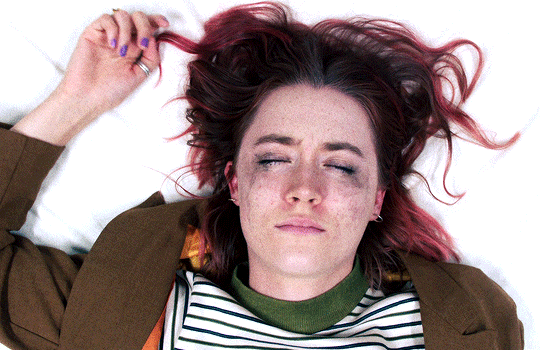


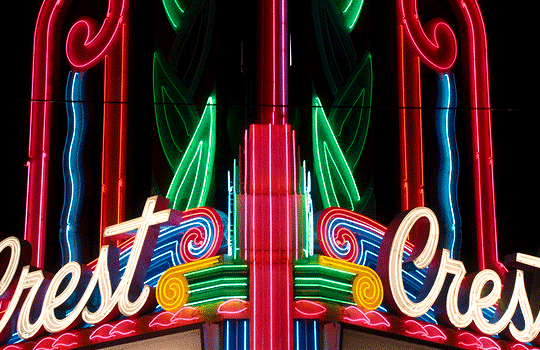

Just because something looks ugly doesn’t mean that it’s morally wrong.
LADY BIRD (2017) dir. Greta Gerwig
9K notes
·
View notes
Text
Modern Examples of the Female Gaze
Jennifer’s Body, dir. Karyn Kusama, 2009.
When Jennifer’s Body was released, it was not a success. Before the release, it became aware to the director that the publicity team was using Megan Fox’s looks to attract straight, male viewers- which the film was not intended for. Karyn Kusama and screenwriter, Diablo Cody, both intended the film to be for young women, like the two friends featured in the film. Nevertheless, many male viewers came with the allure of seeing Megan Fox cater to their interests- only to be infuriated at the premise of a Fox being a male-eating demon.
Thankfully, the horror-comedy is now being recognized for its groundbreaking approach to female-led, feminist slasher films. And while, yes, Megan Fox’s character, Jennifer, is portrayed as the typical hot popular girl, she is shown as the complete opposite- i.e., when she’s eating her male classmates- just as much.
Additionally, Kusama and Cody show the men in the movie in a different way than what was popular at the time- as predators. This is one of the most clear examples of the female gaze in the film for the reason that men rarely are shown perceiving other men as predatory. For all these reasons, Jennifer’s Body is a direct example of the female gaze in film.
Promising Young Woman, dir. Emerald Fennell, 2020
I would categorize Promising Young Woman as Jennifer’s Body’s mature older sister. Similar to the latter film, Promising Young Woman is about a woman who goes after predatory men and punishes them.
The unique thing about this film is it’s portrayal of the men. Intentionally, approachable and non-threatening men play the perpetrators of the violence. They are meant to represent the average man, or the “nice guy”, instead of the ultra-attractive or, the opposite, sleazy men that are usually playing the role. This was Emerald Fennell’s intention, wanting to show that through a female’s eyes, every man can be a risk. The film mirrors this in how they make the main protagonist, Cassie, also a risk, as she’s also preying on the men. When Cassie leads her revenge-side of life, she dresses to appease the typical male- short, skin tight clothing, “sexy” makeup, and heels, so they feel drawn to her. Just like Fennell’s intentions portraying the “nice guy” as the predator, she portrays Cassie as the typical party girl that men find attractive. She uses both the male and female gaze to make this point.
The film is nominated for five nominations at the upcoming Academy Awards, including a nomination for Best Director and Best Picture.
Lady Bird, dir. Greta Gerwig, 2017
Upon viewing Lady Bird, it is obvious it was written and directed through both a feminist lens and the lens of a woman. Main character Christine, who calls herself Lady Bird, is strong-willed, opinionated, and determined- all things that go against the typical male gaze. The film also explores the dynamic between a mother and daughter, and does so in a way that can only be known by someone who is, or has been, a part of that relationship.
Ladybird plays directly into the aspect of the female gaze that exhibits the desire of the female viewer; it is a coming of age story showing a teenager discovering herself through relationships with cute boys, experiencing sex for the first time, and travelling to a new college far away from home. The film is assuming the dreams of what it perceives a regular female teenager wants, and it is not far off. It reminds the viewer of the active agency they play in their own life through the journey of Lady Bird discovering hers.
3 notes
·
View notes
Text
History of the Female Gaze
Before the year of 1973, the terms “male gaze” and “female gaze” did not exist. The former term was coined by feminist film theorist Laura Mulvey in her famous essay, Visual Pleasure and Narrative Cinema. She writes,
“The determining male gaze projects its fantasy on to the female figure which is styled accordingly. In their traditional exhibitionist role women are simultaneously looked at and displayed, with their appearance coded for strong visual and erotic impact so that they can be said to connote to-be-looked-at-ness. Women displayed as sexual object is the leitmotif of erotic spectacle...”
This essentially explains the purpose behind the male gaze- it empowers men and oppresses women, turning them into an object, and even further, a projection of sexual desire. While women are needed to advance narrative for a film, her visual appearance is what is under the spotlight. This view of women is through the eyes of heterosexual men, and intended for the pleasure of the heterosexual male viewer. To break it down further, the male gaze is represented through three views: the one from the man behind the camera, from the male characters within the film, and from the viewers of the film. This presents a layered observation, even scrutiny, of the female on “display”.
As feminists began to analyze the concept further, a new term arose- the female gaze. It was invented to conceptually compare to the male gaze. Further, the female gaze is used to represent how the female filmmaker’s perspective on a film brings a different way to view bodies, desires, and narratives. Like the male gaze, it consists of the same three views, just as women instead of men.
The difference, though, is rooted in the patriarchy and oppression of women. See, the female gaze cannot be an equal to the male gaze because it does not exhibit a power imbalance. Additionally, the male gaze is, quite literally, about the visual. The female gaze is, generally, about sensory.
Once this term became more widely accepted, it began to show in popular films. (This is not to say it did not exist before, but it did not have a name and was not as widely analyzed.) Instead of the women being plot devices or spectacles, they became diegetic storytellers. Some early instances of conscious use of the female gaze would be through women directors like Nora Ephron (You’ve Got Mail (1998), Sleepless In Seattle(1993)) and Amy Heckerling (Clueless (1995)). In Nora Ephron’s classic romantic comedies, you can see how her female characters are completely, motivated individuals. They are not perceived as only objects, but instead as people with aspirations and purpose.
A different approach to the female gaze is seen in Amy Heckerling’s Clueless. The movie is largely about fashion, makeovers, and relationships. When watching, it can be observed that although all these things are female-coded and are supposed to represent the desires of the female protagonist. Therefore, when women watch, they feel their desires are being sated and represented. This is a take that caters more towards the, at the time, idea of the average woman. Today, it is more complex than fashion and makeup equals the women’s desires.
0 notes
Text
Interview with Hayley Cox
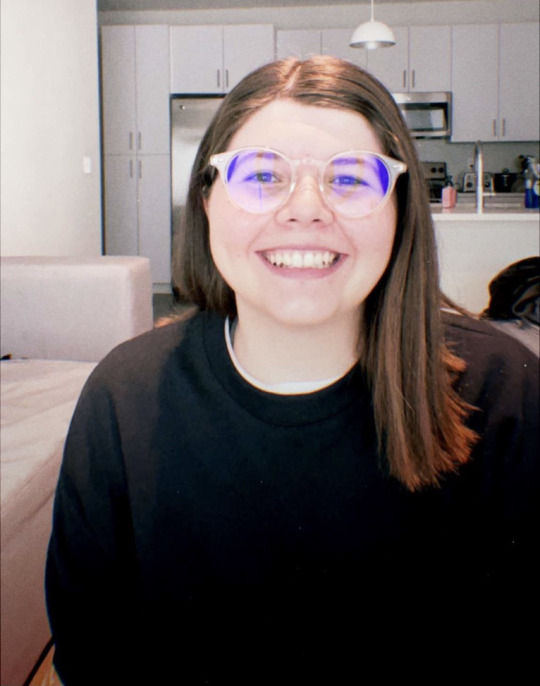
For this project, I decided to conduct an interview with my friend, Hayley Cox, a current Film and Directing student, to help understand what it is like to create film through a female perspective as well as highlight her experiences in a male-dominated major.
Maddi Young: Hello! Would you please introduce yourself?
Hayley Cox: Hi! Hi! I’m Hayley Cox, pronouns are she/her. I’m a student at the University of Central Florida currently majoring in Film and Directing.
MY: First of all I want to thank you for taking some time and answering my questions. I really appreciate it. To begin, could you explain what drew you to pursuing a career in film?
HC: Yeah! Growing up I never got tired of watching movies. I would watch them all day if I could.When I learned about the amount of people it took to make a film and the fact I could be one of them, I sort of knew right then that it was what I wanted to do. People love to be entertained and there are so many stories left to tell. I want to be one of those people, telling stories that I’ve held in my head and heart since I was a child.
MY: How has your path been, studying this in college and being on sets?
HC: I have loved most of my classes and I like learning about different ways to tell a story. But, it hasn’t always been easy. I recall my final project my freshman year. My partner was a guy and we were co-directing our short film we had spent the semester writing. I had written most of the script. He would give me his ideas and I would write it. I did the storyboards and the shot list prior to filming, while he did the call sheet and found actors. On the day of production, I was basically running around like an assistant. Making copies, setting up the snacks, and organizing the props. He kind of took over as the director but then I noticed how badly the takes/shots were. Boom mics and lights could be seen in the shot, which would only make post production more difficult. So I kindly stepped in and pointed out what we needed to be careful about. For the rest of the day it was more equal amongst the both of us on filming, but I couldn’t help but feel like I overstepped. Which is completely ridiculous since we were partners, and in reality I had done most of the work. After we wrapped and started editing, we only had to turn in one copy for our production class. When it came time to decide whose we would turn it, we had only watched mine before he said to turn in mine. I’m proud of the work and I’m glad he liked it, but the effort wasn’t equal in the slightest. I felt like he got to receive credit for my hard work, and he was happy to do so.
MY: So, would you say that he took advantage of his identity as a man to make you do the heavy-lifting? And expect you to do so?
HC: Yeah, I think so. Back then, all I cared about was doing my best. I didn’t notice the extent of it, that I was putting in all the effort and he was reaping the benefits.
MY: This leads into my next question regarding men’s place in film and the “male gaze”. Have you heard of this term before?
HC: I have. Honestly, though, I couldn’t explain to you exactly what it is.
MY: That’s okay! It’s still a relatively new phrase and/or concept. The male gaze is essentially the way men, whether that be the director, the audience, or the character in the film, view women. It’s typically objectifying, seeing women as sexual beings, or, well, objects.
HC: Yes! That’s what I was thinking.
MY: Yeah! So, do any films come to mind when you think of the male gaze?
HC: Uhm...now that I think of it, it feels like a lot of movies would fit that description. Like, Marvel movies for instance. I love Marvel, but Black Widow is always shown in a sexual way. Including unnecessary shots of her body that I guess are supposed to appeal to the male viewer. Even her, and some other female characters’, costumes are sexualized for no reason. The fact that Scarlet Witch wears a corset in battle is insane.
MY: Right? The objectification happens so passively sometimes that we don’t even think twice anymore. But, the more we talk about it and the more we demand for better from these directors, the issue will begin to lessen.
HC: I agree.
MY: Now that we’ve talked about the male gaze, have you heard of the term, “female gaze”?
HC: No, I haven’t. I’m guessing it’s kind of like the male gaze, just through a woman’s eyes instead?
MY: Yeah, kinda! It’s a little different though. In the way that the male gaze is objectifying, the female gaze typically personifies. And since men are the oppressor in society and women are the oppressed, the female gaze cannot be an equal to the male gaze.
HC: That makes sense. So like, women characters for instance. They aren’t written to objectify the male characters, they're written to see the male as a person.
MY: Exactly.
HC: I feel like that also explains the motivation of characters, in respect to the director as well. Like, why female characters shot or written by women see a male counterpart and romanticize it, making them a person even when they don’t know them. And male characters [shot by men] see the female characters as sexual beings or as devices to further their story.
MY: That completely makes sense. It reminds me of the “Manic Pixie Dream Girl” trope.
HC: *laughing* Oh my god, yes.
MY: So, now that you’re familiar with the term, can you think of any movies you think exhibit the female gaze?
HC: Let me think for a moment.
HC: Portrait of a Lady on Fire comes to mind.
MY: Could you elaborate on why?
HC: One of the main characters is a female painter, and she’s commissioned to paint another woman, but she can’t reveal that she’s there to paint her. She has to secretly observe the other woman and her body, since it’s like the 1800s or something and they can’t take pictures. So the movie is basically about how a woman is perceived through another woman’s view.
MY: I love that movie. It’s directed by a woman, too.
HC: Yeah, so that adds a whole other layer. How a woman chooses to shoot a woman versus how a man would.
MY: Kind of on that same wave length, when women shoot films the idea of making it “feminist” is always looming overhead. What do you think makes a feminist film?
HC: I think a “feminist” film is one that gets the audience thinking about the role of women in real life, not just in the movie. It enlightens the audience on what it could be like being a woman and how women are treated by society or others. There’s more to it, of course, but that’s initially what I think of.
MY: I think that’s a good explanation. Now, since you are a women entering the film industry, do you feel pressured to create movies that qualify as “feminist”?
HC: Hmm. Yes and no? I mean, I just want to tell stories, like I said before. But being a feminist is a part of who I am and how I view things, so I think that they’ll be feminist whether intentional or not. But men never have to be asked that question, you know? They just get to create. And I don’t know, maybe they should be asked it.
MY: True.
HC: I do feel a pressure sometimes, though. As a woman in directing. We’re still the minority in the field, so every time a woman succeeds- or fails- everyone knows.
MY: Also true. But I think you’re doing a wonderful job.
HC: Thank you so much.
MY: I just have one more question. Do you have any advice for other women, or young girls, wanting to pursue a career in film?
HC: Yes. Your gender should not hinder your success in the industry, no matter what anyone says. Out of the many jobs in the film industry, find the one you love and do it.
MY: I love it. Thank you again, Hayley. It has been so fun to talk about this with you.
HC: Same! I feel like now I’m going to be noticing the “gazes” when I watch movies now. So thanks for that. *laughs*
MY: Oh, you are so welcome.
_______________________________________
0 notes
Photo
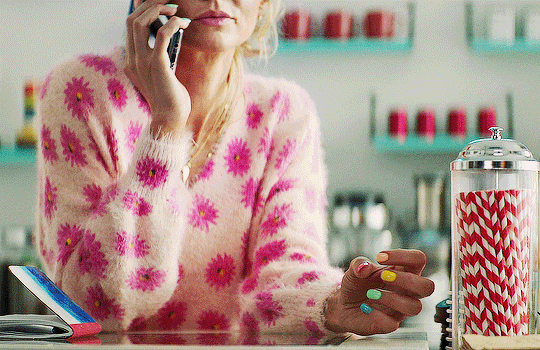
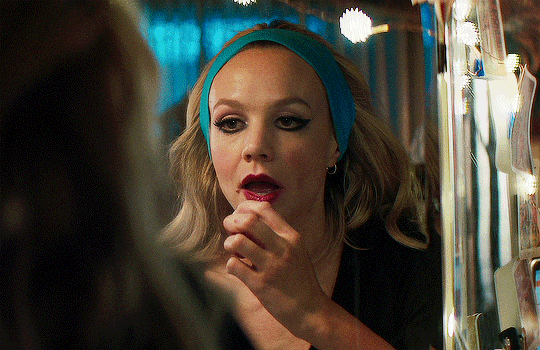


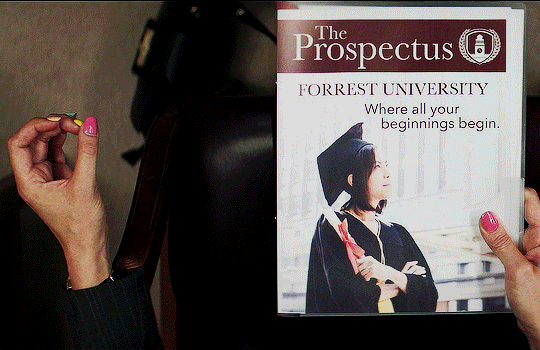
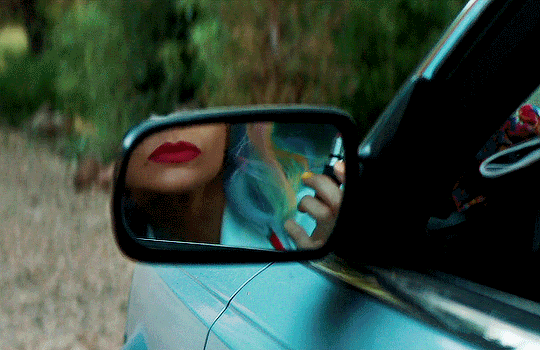
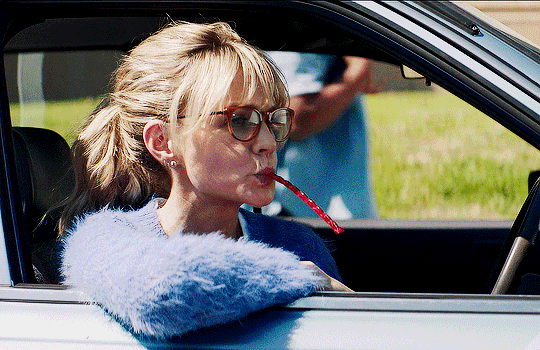
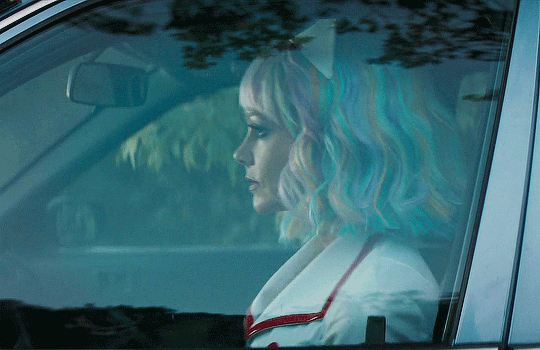
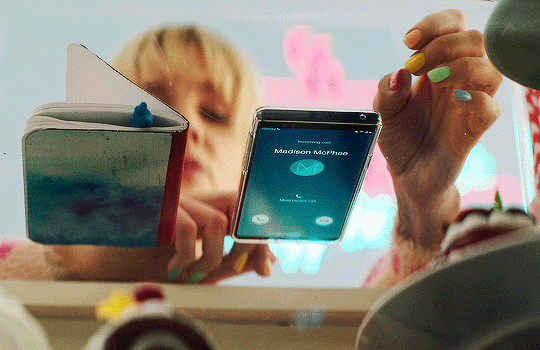
PROMISING YOUNG WOMAN (2020) | starring Carey Mulligan
2K notes
·
View notes
